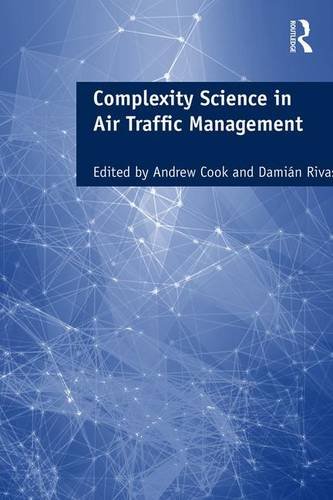

Most ebook files are in PDF format, so you can easily read them using various software such as Foxit Reader or directly on the Google Chrome browser.
Some ebook files are released by publishers in other formats such as .awz, .mobi, .epub, .fb2, etc. You may need to install specific software to read these formats on mobile/PC, such as Calibre.
Please read the tutorial at this link. https://ebooknice.com/page/post?id=faq
We offer FREE conversion to the popular formats you request; however, this may take some time. Therefore, right after payment, please email us, and we will try to provide the service as quickly as possible.
For some exceptional file formats or broken links (if any), please refrain from opening any disputes. Instead, email us first, and we will try to assist within a maximum of 6 hours.
EbookNice Team

Status:
Available5.0
27 reviewsAir traffic management (ATM) comprises a highly complex socio-technical system that keeps air traffic flowing safely and efficiently, worldwide, every minute of the year. Over the last few decades, several ambitious ATM performance improvement programmes have been undertaken. Such programmes have mostly delivered local technological solutions, whilst corresponding ATM performance improvements have fallen short of stakeholder expectations. In hindsight, this can be substantially explained from a complexity science perspective: ATM is simply too complex to address through classical approaches such as system engineering and human factors. In order to change this, complexity science has to be embraced as ATM's 'best friend'. The applicability of complexity science paradigms to the analysis and modelling of future operations is driven by the need to accommodate long-term air traffic growth within an already-saturated ATM infrastructure.
Complexity Science in Air Traffic Management is written particularly, but not exclusively, for transport researchers, though it also has a complementary appeal to practitioners, supported through the frequent references made to practical examples and operational themes such as performance, airline strategy, passenger mobility, delay propagation and free-flight safety. The book should also have significant appeal beyond the transport domain, due to its intrinsic value as an exposition of applied complexity science and applied research, drawing on examples of simulations and modelling throughout, with corresponding insights into the design of new concepts and policies, and the understanding of complex phenomena that are invisible to classical techniques.